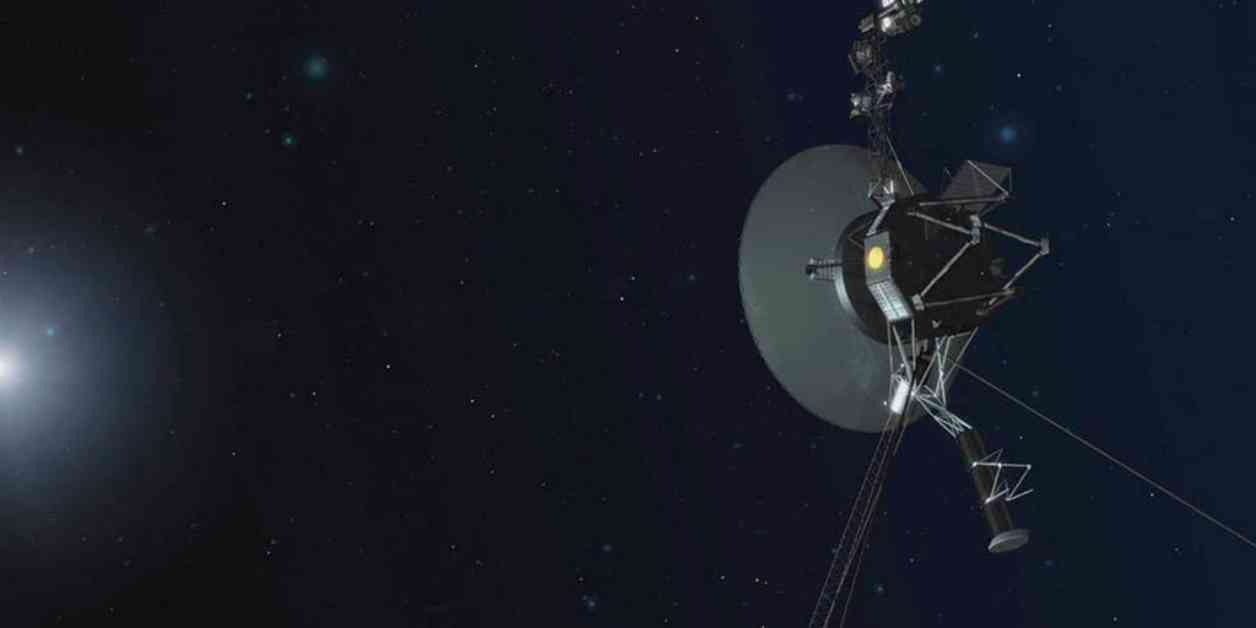NASA recently re-established communication with Voyager 1, the interstellar spacecraft that is over 15 billion miles away from Earth. This connection was made using a frequency that had not been utilized in over forty years. The spacecraft had stopped sending readable data to NASA’s Jet Propulsion Laboratory in Southern California back on Nov. 14, 2023, and it was only in April that mission controllers began receiving commands once again.
The recent communication issues were suspected to be caused by Voyager 1’s fault protection system. This system is designed to respond autonomously to onboard issues. For example, if the spacecraft draws too much power from its supply source, the fault protection system will kick in to conserve power by turning off non-essential systems.
In an effort to address the communication problem, the flight team sent a command to activate one of the spacecraft’s heaters on Oct. 16. However, the Deep Space Network was unable to detect Voyager 1’s signal on Oct. 18, which led to the discovery of the issue. The communication between NASA and the spacecraft occurs on the X-band radio transmitter, which operates at a specific frequency.
Engineers determined that the fault protection system had slowed down the transmitter’s data transmission rate, which affected the X-band signal received by the Deep Space Network. As a result, the team switched to the S-band transmitter, which uses less power. This was the first time Voyager 1 had utilized the S-band for communication with Earth since 1981.
After successfully establishing communication through the S-band, the team is now focused on gathering information to understand what caused the fault protection system to trigger. Once they have a clear understanding of the issue, they will work towards returning Voyager 1 to normal operations.
Voyager 1 was launched in 1977 along with its twin spacecraft, Voyager 2, on a mission to explore the gas giant planets of the solar system. Over the years, Voyager 1 has provided stunning images and valuable data from its journey past Jupiter, Saturn, Uranus, Neptune, and beyond. The spacecraft’s resilience and the dedicated efforts of the NASA team have allowed it to continue its odyssey through interstellar space.
As NASA continues to investigate and resolve the communication issues with Voyager 1, the spacecraft remains a remarkable testament to human ingenuity and exploration. The successful reconnection serves as a reminder of the enduring legacy of the Voyager mission and the ongoing quest to unlock the mysteries of the universe.




